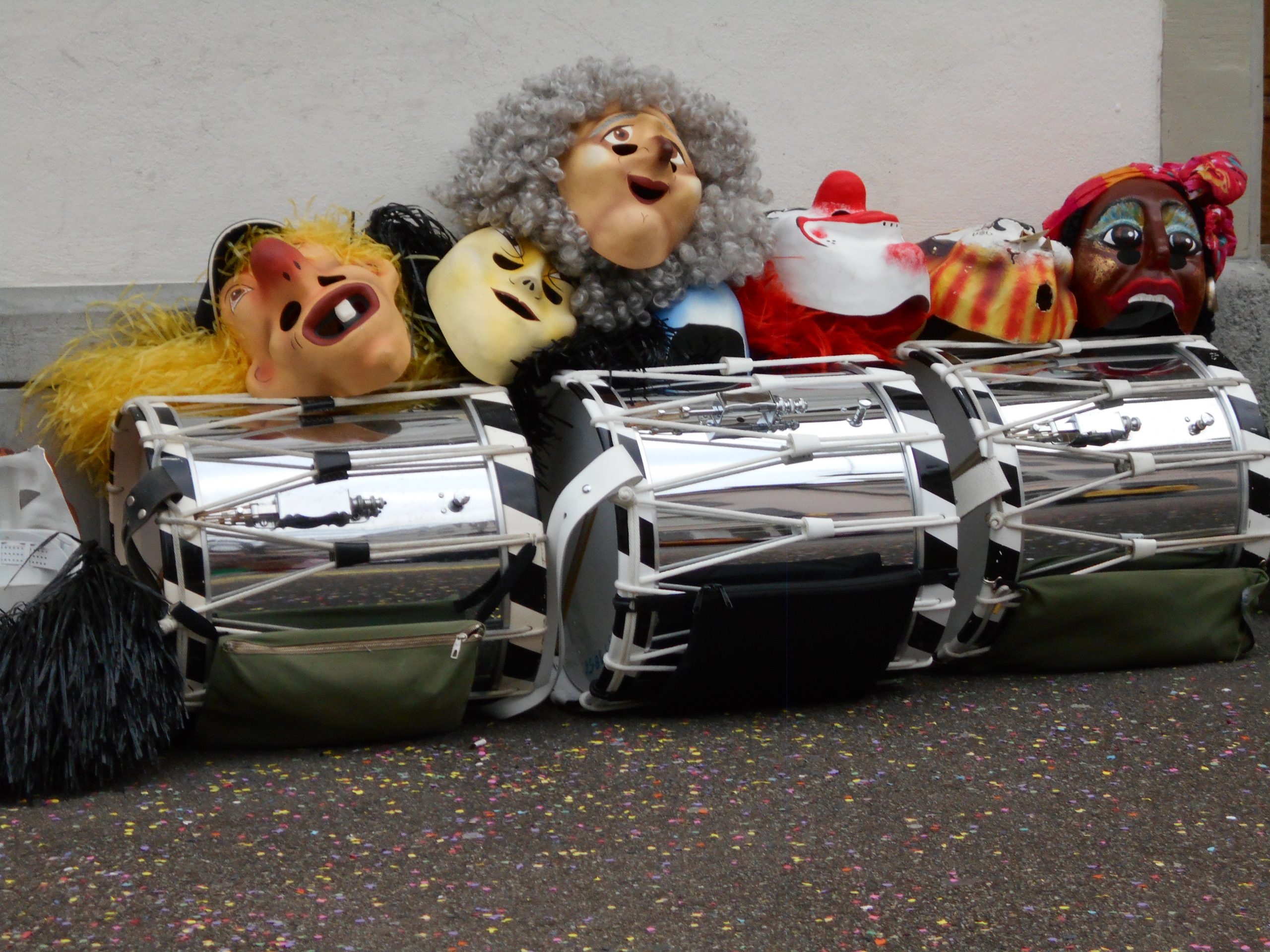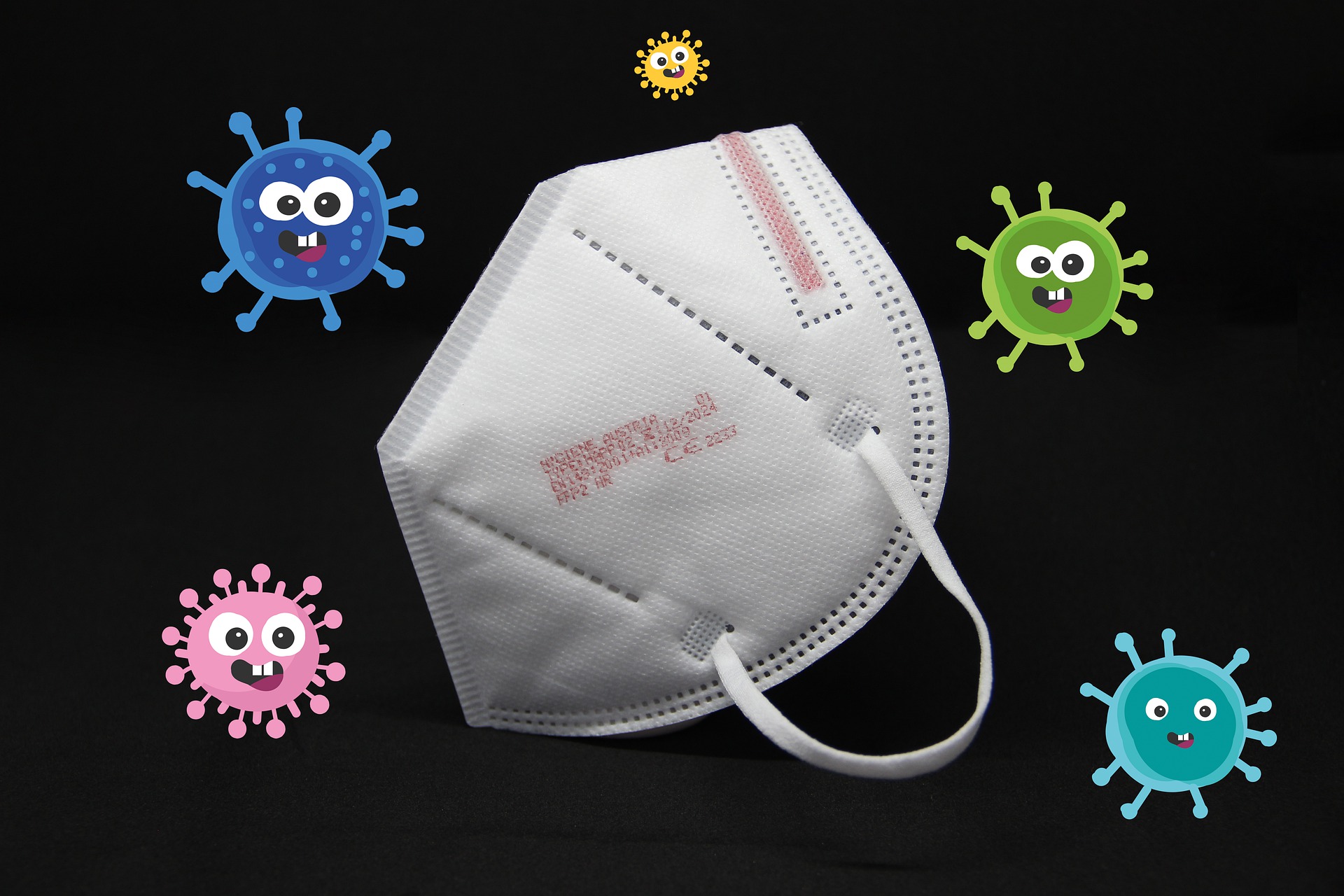A while ago, I had pointed out that our children’s mask study had been republished in the long version after a new review process. As a reminder: We had found elevated carbon dioxide levels in the order of 13,000 parts per million (ppm) in the children’s inhaled air after 3 minutes; 2,000 ppm is the limit value. Higher levels pose a health risk, according to the Umweltbundesamt (German Federal Environment Agency) [1].
This confirms that the original publication in JAMA Pediatrics was wrongly retracted. The motivation for this retraction of the publication was probably political. For if this publication had stood at the time, it should have led to consequences. The masking mandate for children would have had to be lifted and parents would possibly have had good chances in court proceedings. The mask mandates have now been lifted, thank God, and possibly the wheels of justice will now begin to grind.
As was to be expected, there was also opposition to the second publication of the new long version of our study. This is the normal process of scientific discourse, that data that others do not like or are critical of, are critically commented on. In this case, a Japanese group and two Swiss authors of the Schweizerische Unfallversicherung (Swiss Accident Insurance) have voiced criticisms.
We have responded to these criticisms. Our reply is now freely available until 2021-04-21 at this link and thereafter via the Journal’s homepage [2].





